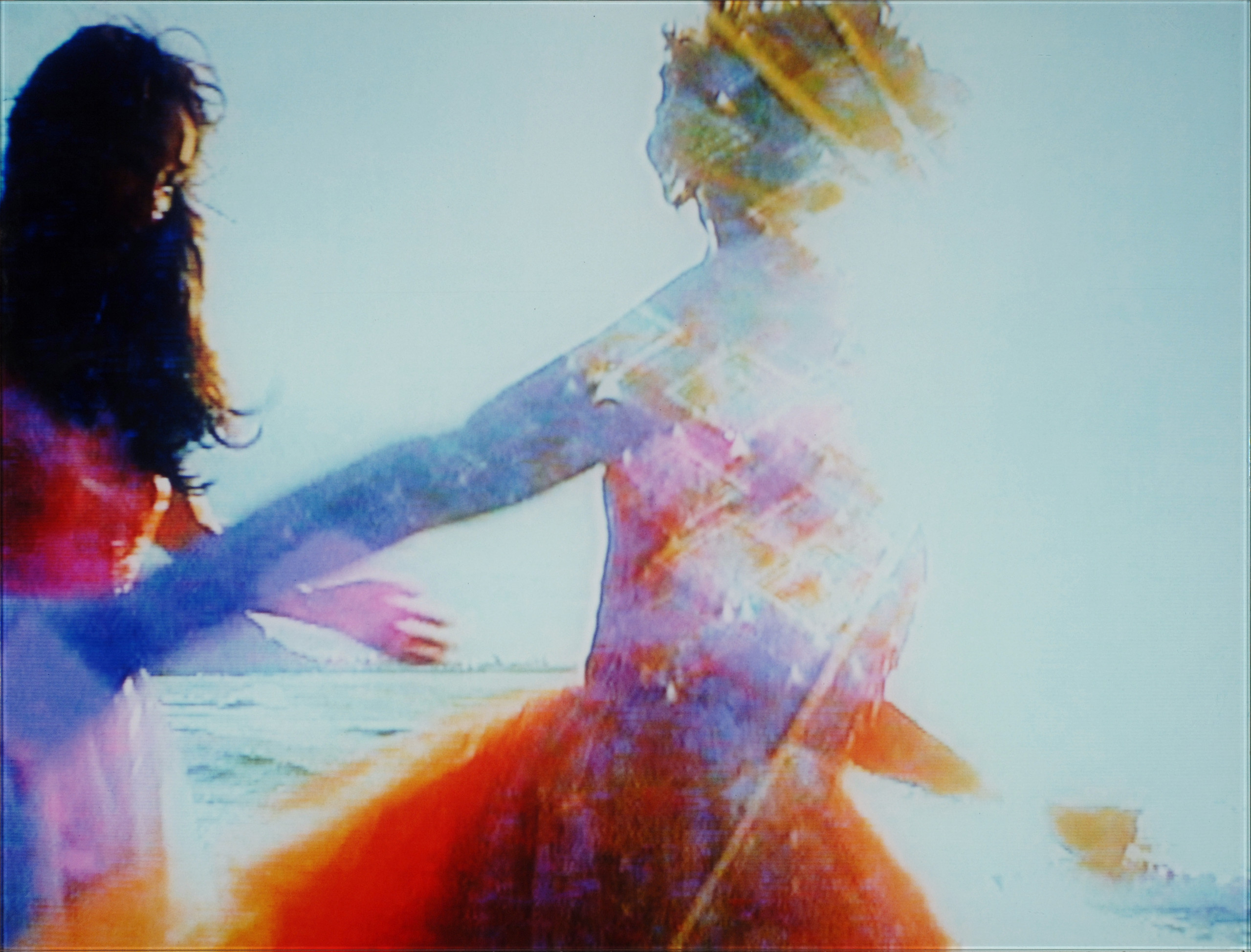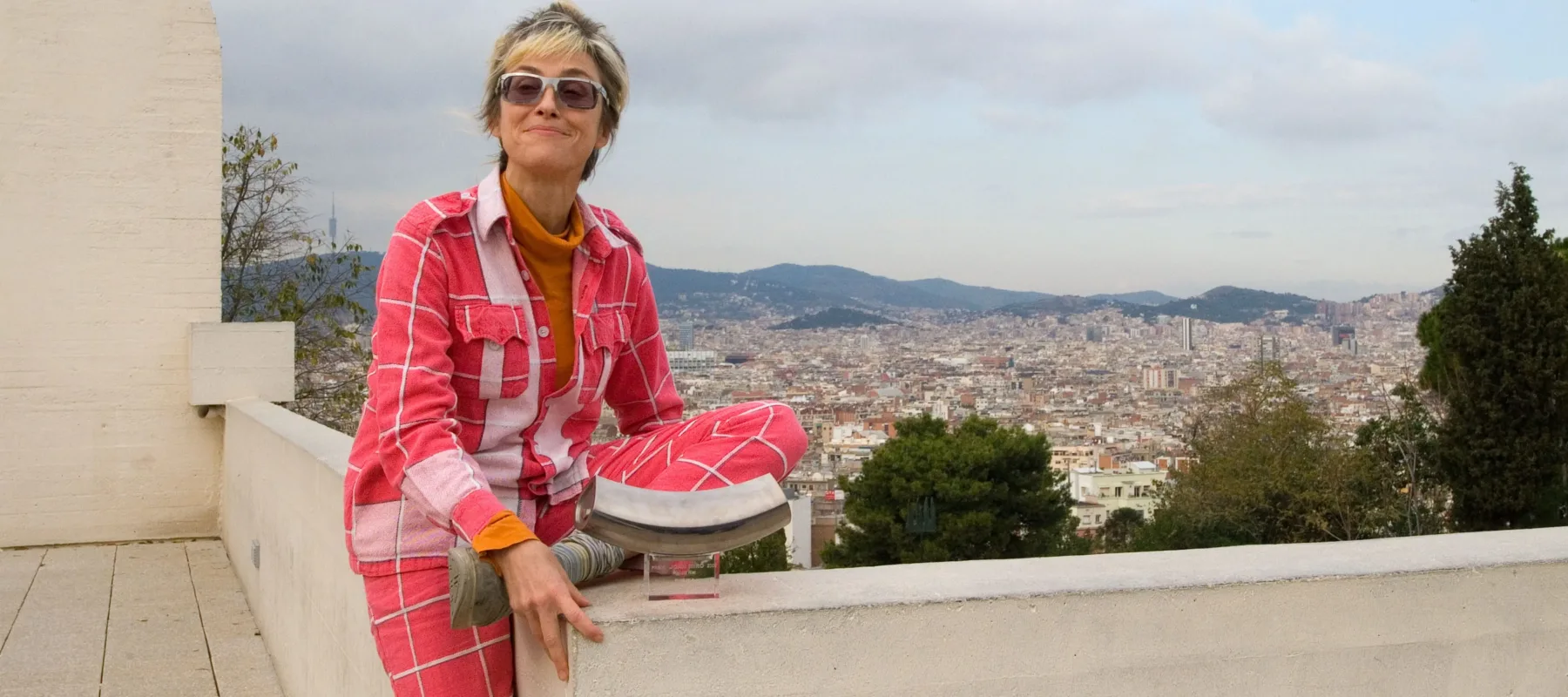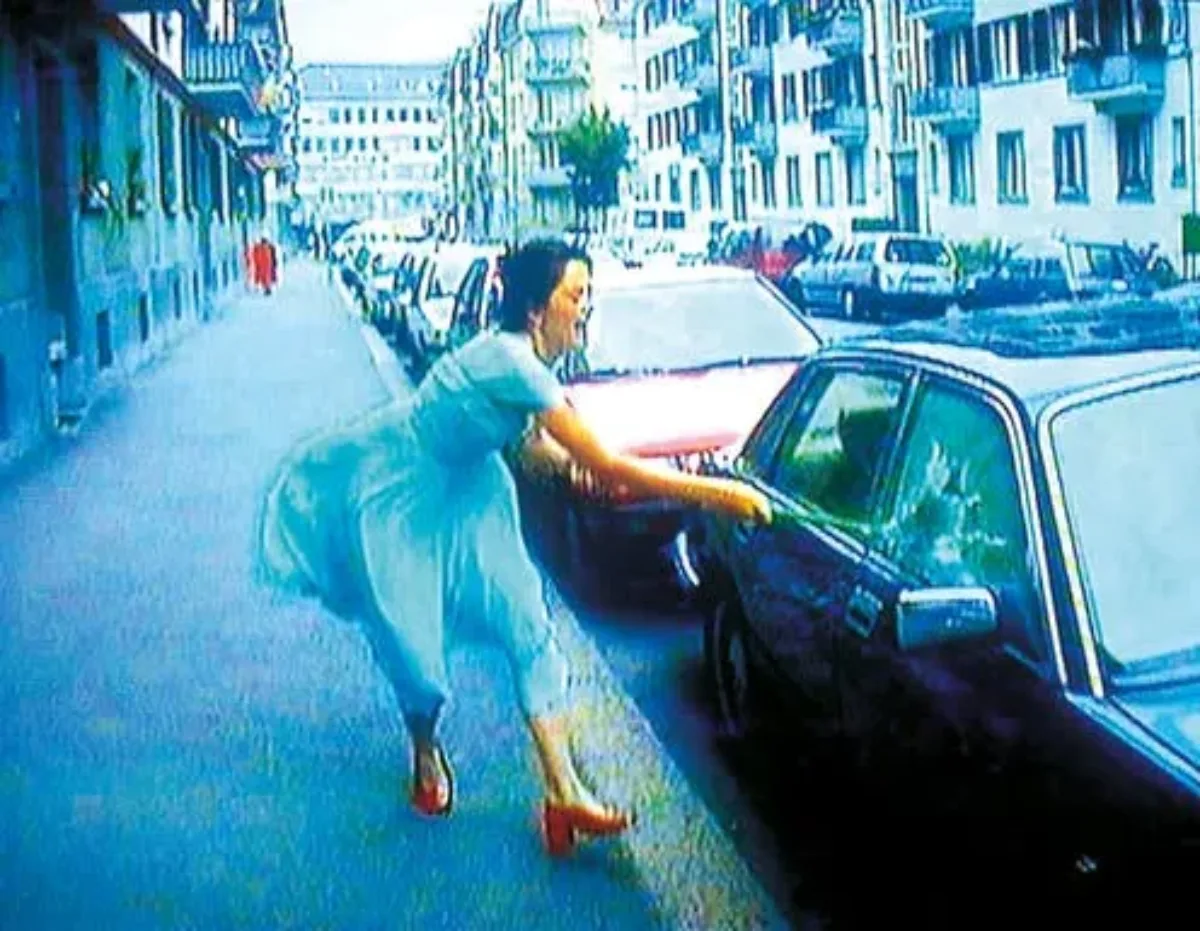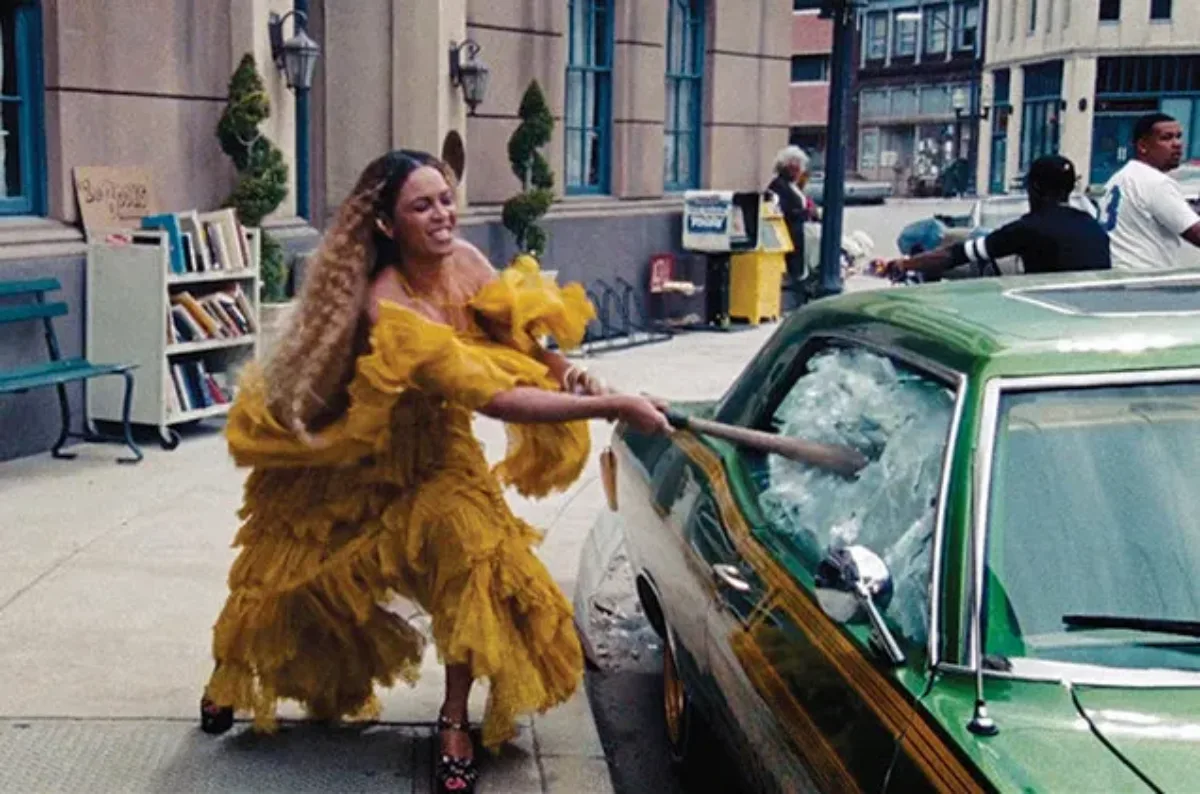Impress your friends with five fast facts about Swiss video and installation artist Pipilotti Rist (b. 1962), whose works are part of NMWA’s collection.
1. A Rose by Any Other Name
Born Elisabeth Rist, the artist has gone by “Pipilotti” ever since 1982, when she began art school at the University of Applied Arts Vienna in Austria. The moniker comes from a portmanteau of her childhood nickname “Lotti” and the playful, brave children’s book character Pippi Longstocking, created by Swedish writer Astrid Lindgren. “Pippi Longstocking lived alone in a very colorful house, and she had her own rules,” said Rist. Described as a “natural mischief maker,” the artist readily identifies with the fictional heroine.
2. Sur-reality TV
Characterized by synthetic color palettes and mystical, glitchy editing, Rist’s videos often play up the artifice of the medium itself, as if the artist were pointing out the critical distance between film and the natural world. Rist once explained, “Nature is always sharper and more picturesque…Video has special painterly qualities that resemble our inner emotional worlds or ‘twilight’ worlds, and that’s what I’m interested in.”

3. Our Bodies, Ourselves
The body is a recurring focal point in Rist’s oeuvre. She often shoots extreme close-ups of various human body parts, including the eyes, nose, hands, breasts, and anus. But bodies aren’t just the subject of her work. Frequently, Rist encourages viewers to physically engage with her exhibitions. In her famed 4th Floor to Mildness (2016) installation, Rist invited viewers to lie down on beds and gaze at suspended screens projecting her video footage. In every case, Rist is a master of the multisensory.
4. Inspired by Pop
Rist is known for experimenting with pop culture, as seen in her seminal production, I’m Not the Girl Who Misses Much (1986), in which the artist dances frenetically while singing altered lyrics to a Beatles song. She even cites John Lennon and Yoko Ono as influences. For Rist, the customary segregation between popular art and fine art is too often an elitist one. “It was through my interest in mass media that I became involved in art. In return, I will always be grateful to popular culture.”
5. Inspiring Pop
When Beyoncé released her visual album Lemonade (2016), writers speculated that the video accompanying the song “Hold Up” was an homage to Rist’s Ever Is Over All (1997). In Rist’s video, a young woman wearing a breezy blue dress animatedly walks down a city sidewalk, holding a tall stem of flowers––only revealed to be a metal club when she uses it to destroy a row of parked cars. Similarly, Beyoncé, clad in a ruffled yellow dress, strides down a sidewalk with a similar disposition, swinging a baseball bat into car windows. Rist’s juxtaposition of tact and anger would be an apt point of reference for Beyoncé, who uses her music to negotiate themes of delicacy and power.


